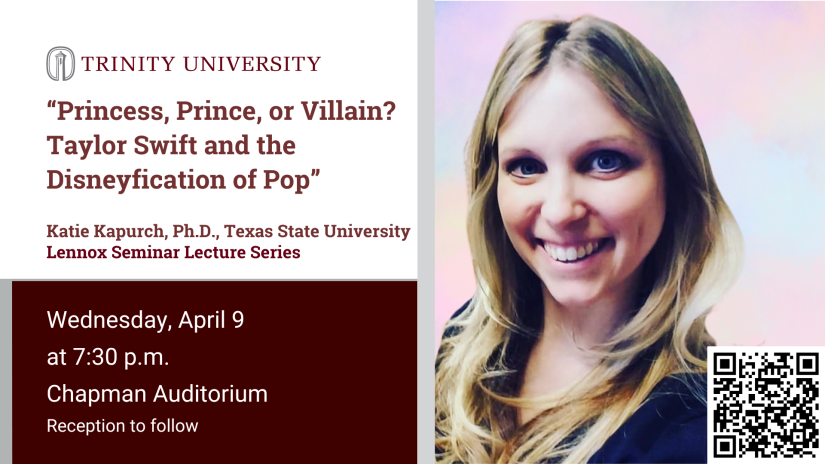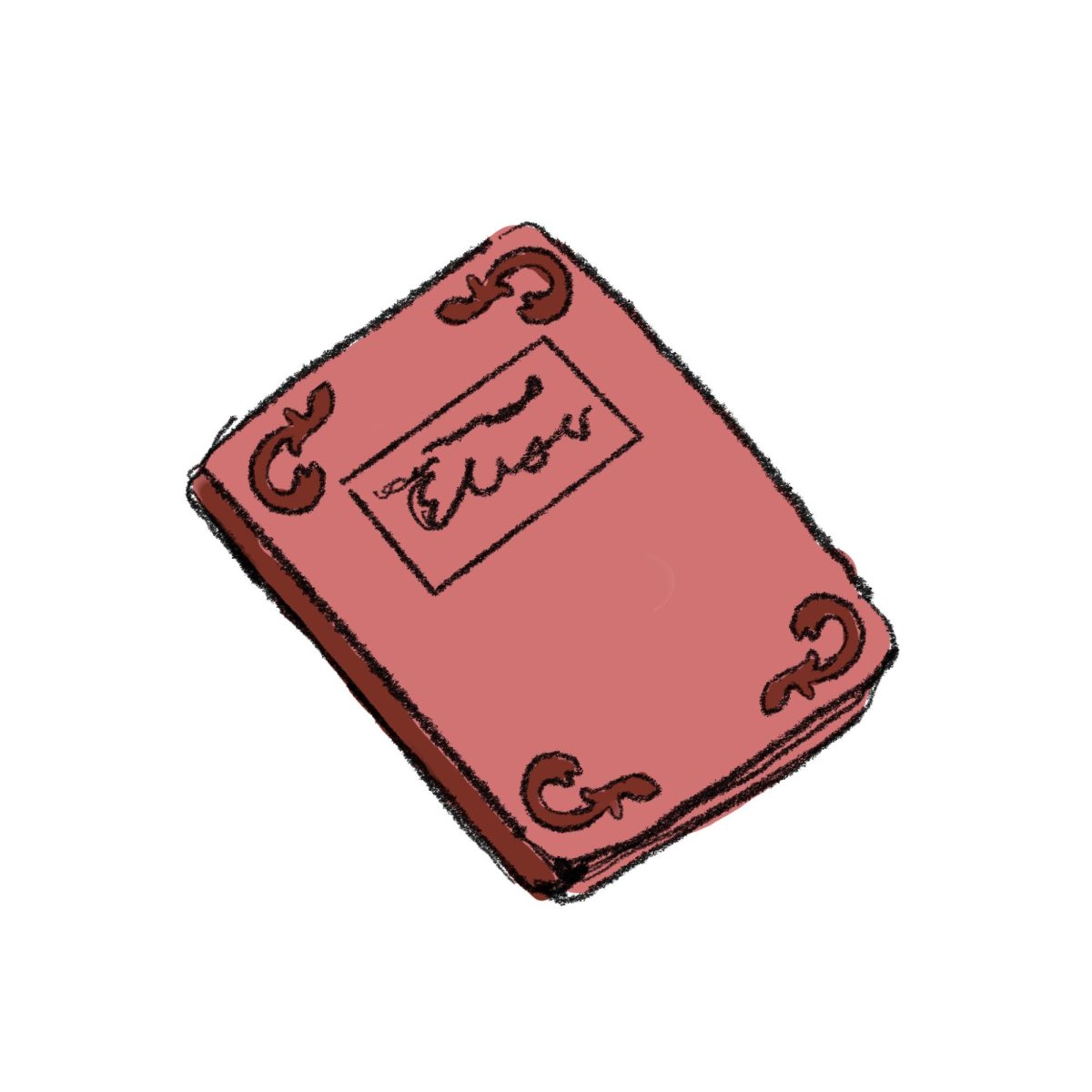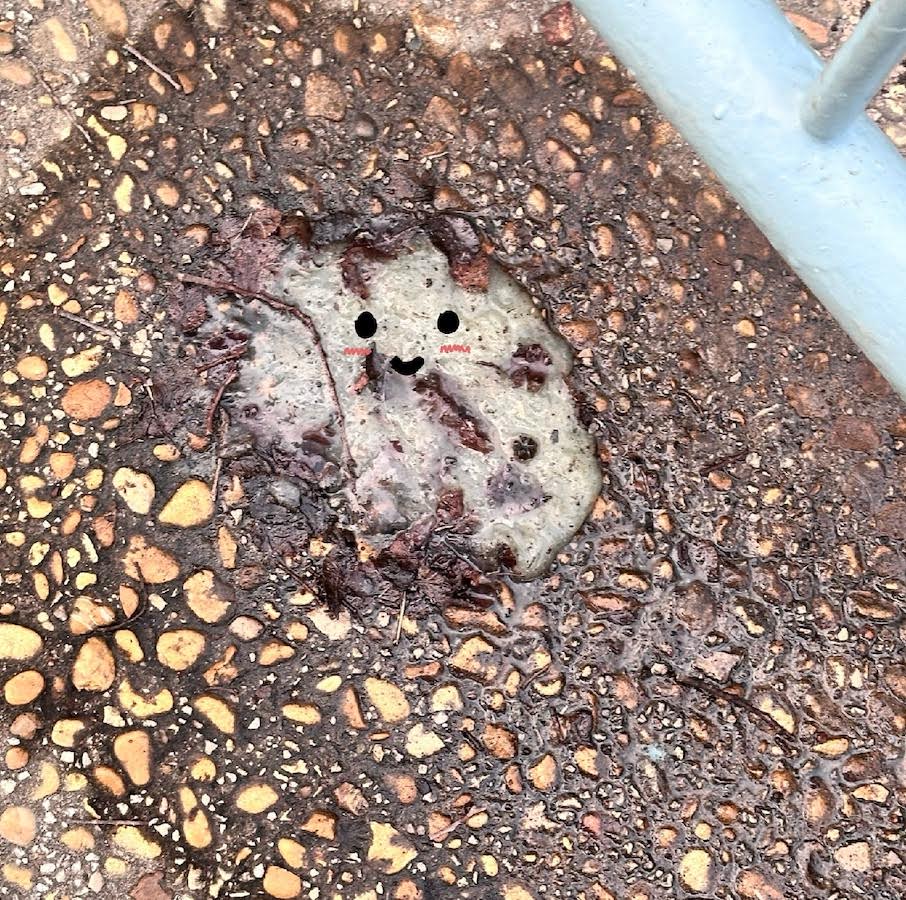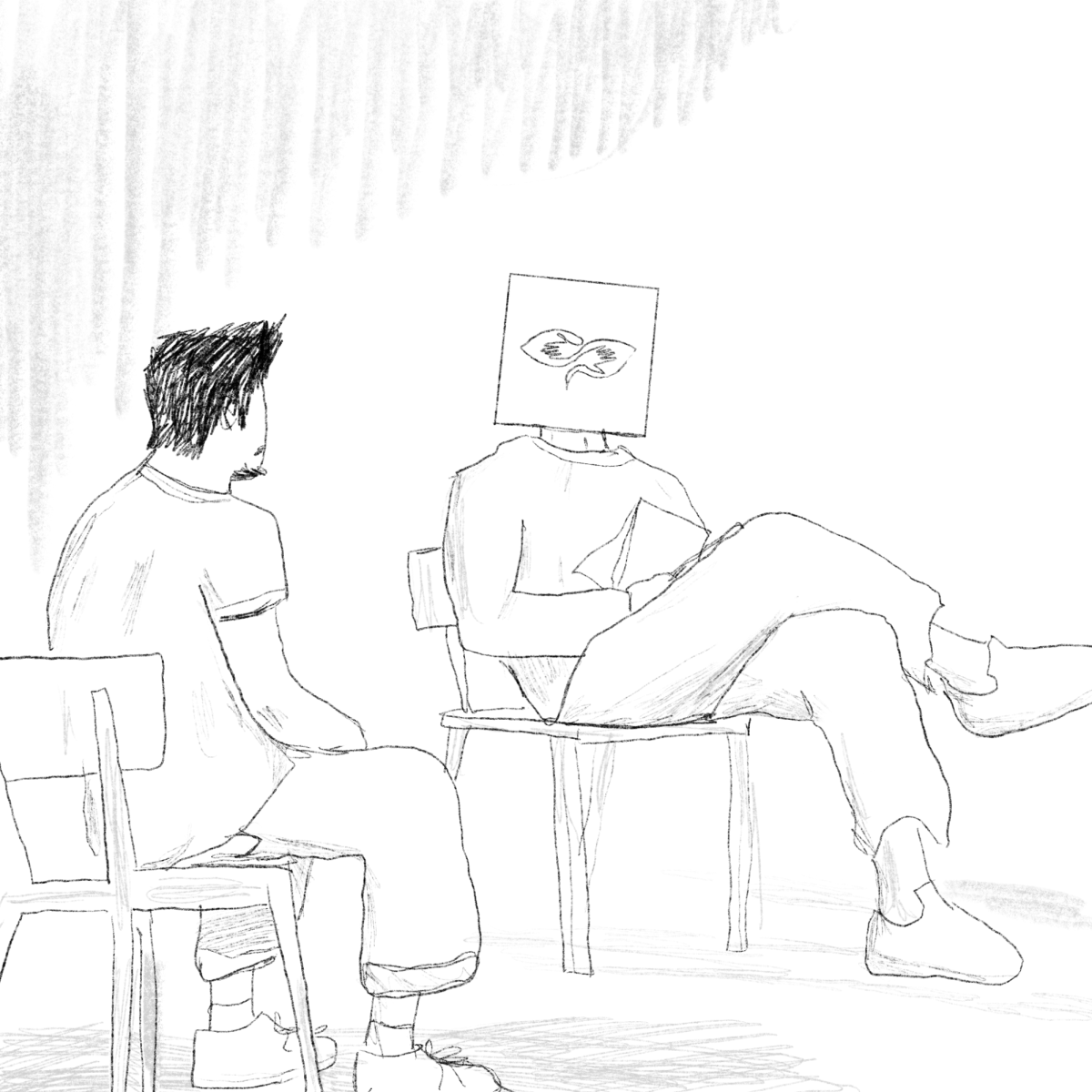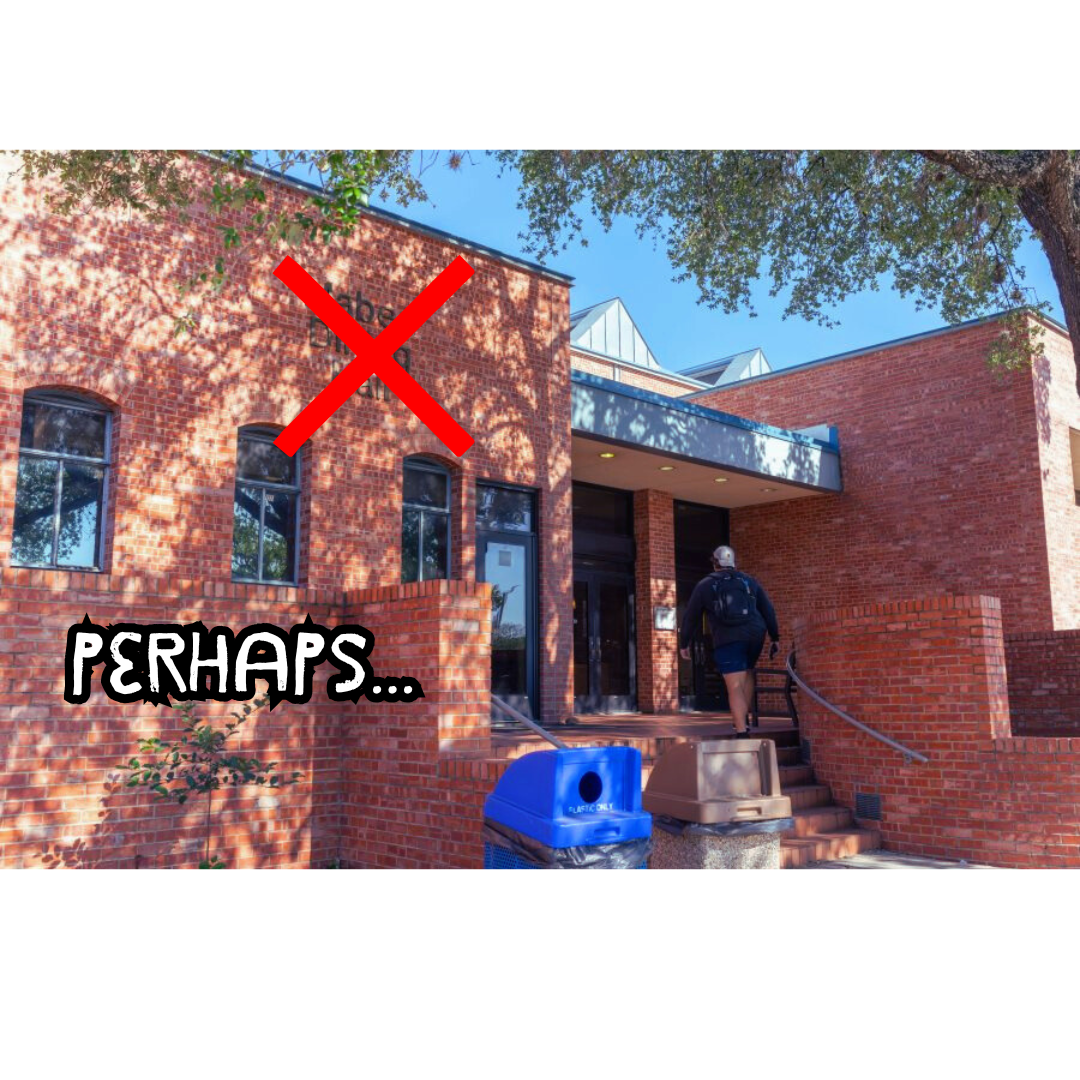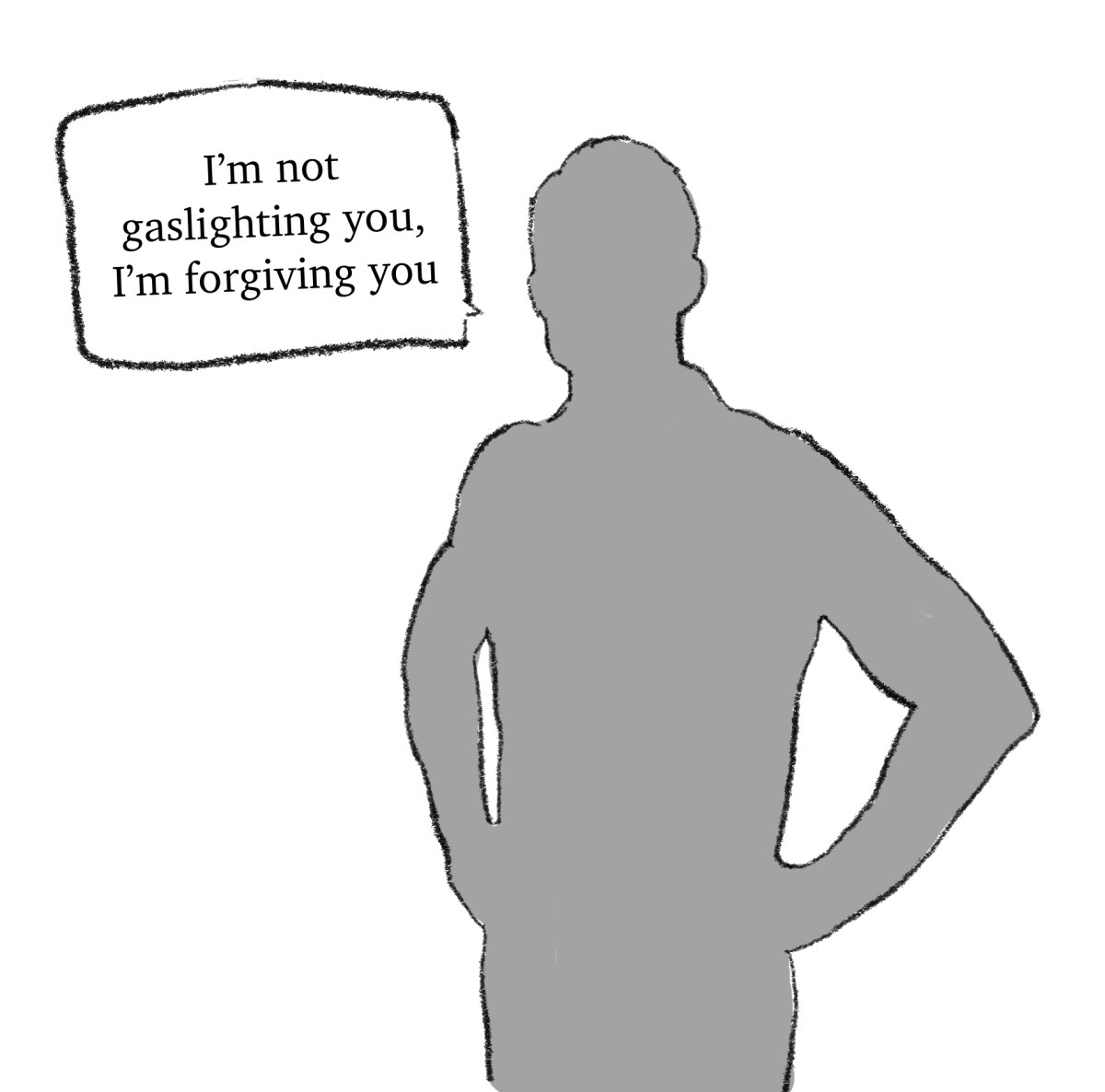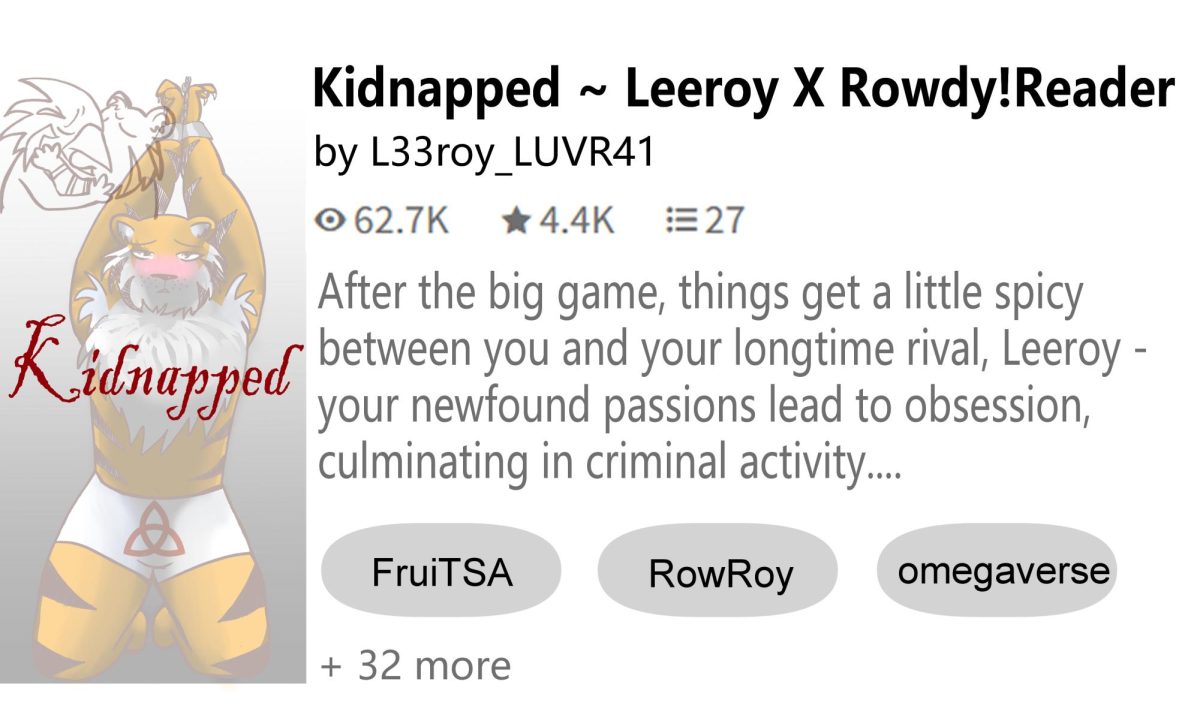The Trinity Magazine, a production of the office of marketing communications, releases two issues a year””one in winter and one in summer”” to recap of all that happened during the semesters and to look ahead at what is to come. The magazine is available online at magazine.trinity.edu and print copies are sent to all alumni, Trinity donors and parents of current students totaling around 33,000 copies per issue.
The front cover of the winter issue released earlier this month showcases the art exhibit “Education by Design,” featuring the rediscovered drawings of Trinity building plans from the 1950s.
I sat down with the editor and associate director for creative services, Jeanna Goodrich Balreira, to find out the basics of the magazine and how the most recent issue is far different from previous ones. Balreira is a 2008 Trinity graduate and began her work at Trinity as a web producer in 2013 and became editor of the magazine in Nov. 2014.
Q: Who creates the content for the magazine?
A: The content is the result of an advisory board that suggests content for each issue. The issues come out between semesters, winter and summer, to compliment the spring and fall semesters. The advisory board sits downs before the semesters and says by the end of the semester what do we want to showcase about the Trinity community, what do we want to show our alumni and what are some issues that we might be facing right now and the ways we are handling those.
Q: What is the goal of the magazine?
A: The goal of the magazine is most importantly to have the university keep in touch with friends of the university. We are really looking to provide a way for alumni to feel connected and to feel that their experiences are still relevant in their career, in their lives, as they travel and as they lead. Alumni really love to keep up with their fellow classmates and the way they do that is by reading the Class Notes section of the magazine. We want to know how alumni are incorporating their Trinity education into their lives and what they are doing on a daily basis.
Q: Has the online format changed?
A: All of the main articles are online in plain text format so they have their own permalinks and can be shared through various social media. Before, the magazine was only available as a flipbook online. We added the format of a plain text format to be linkable, clickable, sharable and sent to your family and friends easily.
Q: Will the magazine transition to an online-only format?
A: Print is not going away. Print is strong. Print is tactile, personal, a coffee table reminder and a very personal experience for many people young and old. It’s definitely still alive in our magazine. In the print edition you will see web extras and these are ways we are continuing to connect with alumni in mediums that go off paper. Slideshows, videos and interactive infographic are ways to learn more that you can’t learn from the paper addition; these are supplements and not in any way replacements. For the foreseeable future we will keep printing the magazine.
Q: Can you summarize the magazine re-design?
A: With the re-design of the magazine we took an approach to be very clean, modern and very easy to read, very easy to scan and very image-heavy. For the first time, we are doing a perfect bind instead of stapled, like the previous editions. This allows us to have a spine and lets us put them in chronological order in a visual way while keeping track of the issues.

